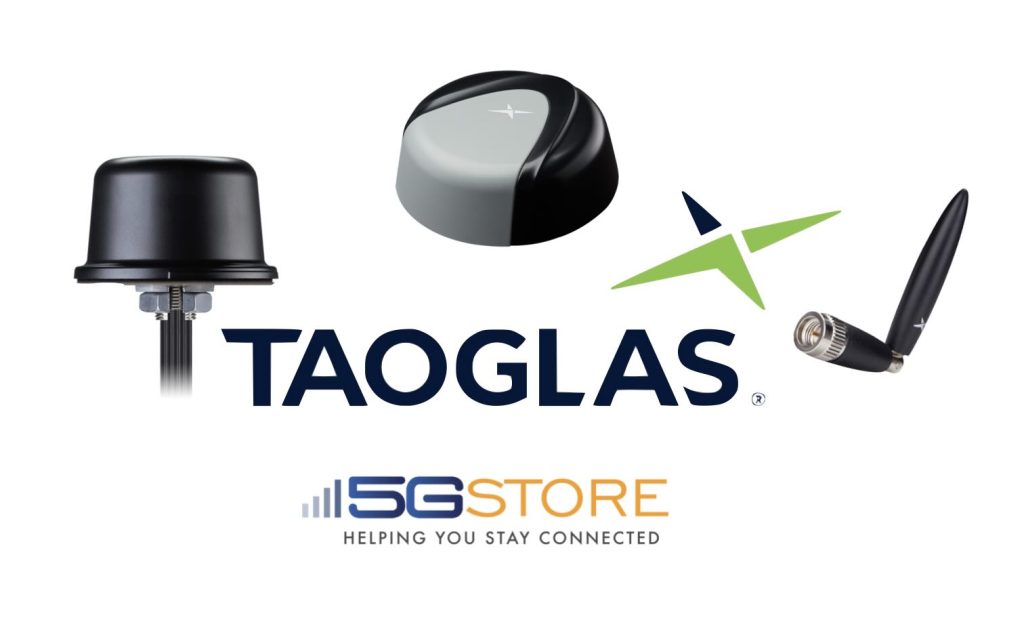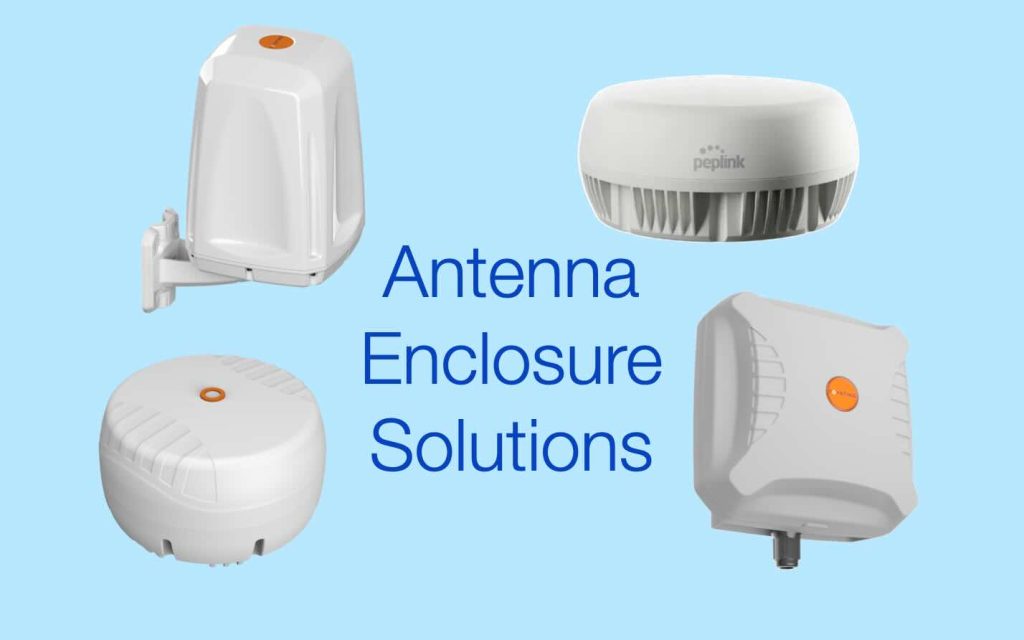At 5Gstore, we team up with the best in the biz to bring you top-notch connectivity solutions that you can count on. One of our standout partners is Taoglas, a powerhouse in RF components and antenna design. As their exclusive e-commerce partner, we’re thrilled to offer their state-of-the-art antennas directly to you, and guess what? […]
Tag: antenna
Advantages of Fully Integrated OEM FWA CPEs
Guest Article written by the Poynting team In previous discussions, we have extensively covered Fixed Wireless Access Customer Premises Equipment (FWA CPEs) that utilize outdoor antennas. Traditionally, these solutions involved connecting outdoor antennas to indoor routers. However, Poynting’s technology has since evolved, resulting in a more efficient solution known as ePoynt. Introduction to ePoynt ePoynt […]
4G/5G Routers and Antennas: Will 2025 Tariffs Drive Up Prices?
UPDATED as of June 16, 2025 Due to recent changes caused by tariffs and unknowns, 5Gstore has decided to temporarily stop selling PCtel antennas and cables. We will continue to update customers as more information is gathered. Thank you for your understanding! After a chat with our friends at Mobile Mark, they have confirmed they […]
Selecting the Perfect GPS Antenna for Your Application
In our current world, the need for accurate and reliable GPS and GNSS (Global Navigation Satellite System) services has become indispensable. Whether you’re developing a device for navigation, geofencing, or fleet management, selecting the right GPS antenna is a critical decision that can significantly affect your system’s performance. This guide will walk you through essential […]
The Journey of 5Gstore.com: Celebrating Two Decades of Innovation and Excellence
When we reflect on the journey of 5Gstore.com, it’s incredible to see how far we’ve come and how much we’ve grown. What began as a simple idea has transformed over the last 20 years into a leading name in the world of 3G, 4G, 5G, and IoT products and services. As we celebrate this milestone, […]
5Gstore 20 Top Products of 2024
The ranking of 5Gstore’s premier products is determined by a blend of their popularity, the quantity of customer reviews received, and the average rating bestowed by customers. Several perennial favorites from this year’s winners, such as the Peplink BR1 Mini and IP Switch, have consistently made appearances on our “Top Products” lists in previous years. […]
Remote Internet Access: Powerful Solutions for Staying Connected Anywhere
Finding remote Internet access can be challenging, but modern technology has made it easier than ever to access the Internet in the middle of nowhere. Whether you’re managing operations in a rural location, setting up a campground with Wi-Fi, or ensuring reliable connectivity for outdoor events, rugged and outdoor-rated routers combined with proper antennas and […]
Unlock Big Savings Year-Round with 5Gstore’s New Customer Savings Engine (CSE)
Looking for an easy way to save 20-50% on the tech you need? You’re in luck! At 5Gstore, we’re excited to announce the launch of our brand-new Customer Savings Engine (CSE)—a dynamic pricing system designed to help you score unbeatable deals on our inventory. Shopping for the latest 4G/5G products from Peplink, Cradlepoint, or Semtech (previously […]
Comparing Antenna Enclosure Solutions
Peplink Antenna MAX – Poynting EPNT – Poynting SWIRL When deploying advanced connectivity solutions, choosing the right antenna enclosure can be a game-changer. The Peplink Antenna MAX stands out for its innovative design, housing a router within an IP67-rated enclosure to minimize signal loss and maximize performance. Beyond the Antenna MAX, 5Gstore.com also offers alternative […]
Panorama Antennas Becomes the First Verizon Frontline Verified Antenna Vendor
In a significant move for public safety communications, Panorama Antennas has been announced as the first antenna vendor to achieve the coveted Verizon Frontline Verified antenna status. This achievement underscores Panorama’s commitment to delivering high-quality, reliable antennas for first responders and emergency services. With Verizon’s award-winning network serving as the backbone for critical communications, Panorama’s […]











